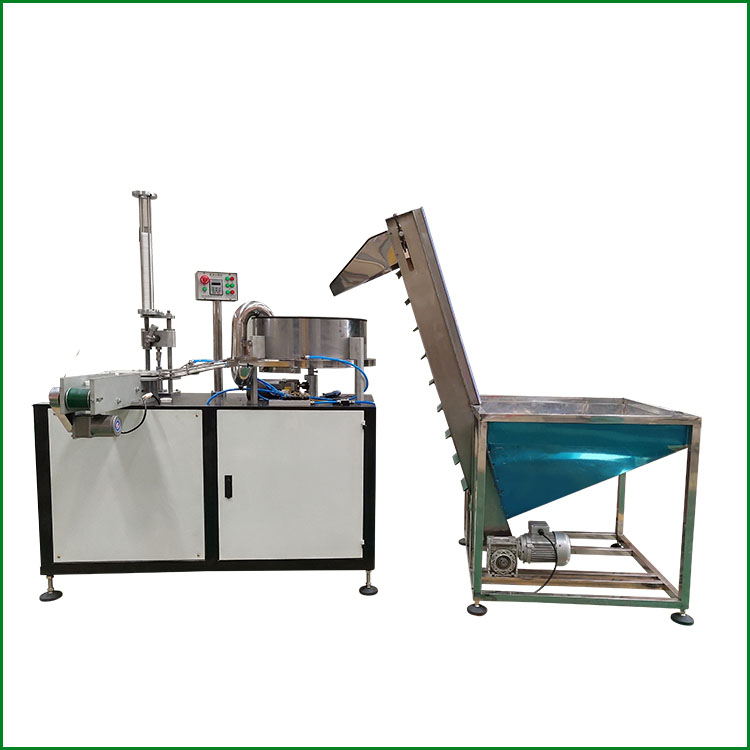Components of Full Automatic Plastic Cap Machine
2023-12-14
A full automatic plastic cap machine, often referred to as an automatic cap molding machine or injection molding machine for caps, consists of several key components that work together to produce plastic caps. The specific design and features can vary among manufacturers, but here are the common components you might find in such a machine:
1. Hopper:
- A hopper is used for storing and feeding plastic resin granules or pellets into the machine. It often includes a sensor to monitor material levels.
2. Plasticizing Unit:
- The plasticizing unit consists of a screw or plunger that melts and homogenizes the plastic material. It also serves to inject the molten plastic into the mold.
3. Injection Unit:
- The injection unit is responsible for injecting the molten plastic into the mold cavity. It includes the barrel, screw, and nozzle.
4. Mold Cavity:
- The mold cavity is a space within the mold where the molten plastic is injected and takes the shape of the final plastic cap.
5. Mold:
- The mold is a crucial component and defines the shape and features of the plastic cap. It can be customized for specific cap designs and sizes.
6. Clamping Unit:
- The clamping unit holds the mold together during the injection process and opens and closes the mold for ejection of the finished caps.
7. Ejector System:
- The ejector system helps push the molded caps out of the mold cavity after they have solidified.
8. Hydraulic System:
- Hydraulic systems provide the force needed for the clamping and injection processes. They include hydraulic pumps, cylinders, and valves.
9. Electrical Control System:
- The electrical control system consists of a programmable logic controller (PLC) and human-machine interface (HMI) to control and monitor the machine's operation. It includes settings for temperature, pressure, and timing.
10. Cooling System:
- A cooling system is essential to cool the mold after each injection cycle, allowing the plastic to solidify and ensuring efficient production.
11. Heating System:
- A heating system maintains the required temperatures for melting the plastic in the plasticizing unit and keeping the mold at the desired temperature.
12. Safety Features:
- Safety features such as interlocks, emergency stops, and safety guards are integrated to ensure operator safety during machine operation.
13. Robot or Automation System (Optional):
- Some advanced machines may include a robotic system for automated handling, removal, and stacking of finished caps.
14. Quality Control Systems:
- Vision systems or sensors may be integrated to inspect and ensure the quality of the produced caps. These systems can detect defects and trigger corrective actions.
Keep in mind that advancements in technology and variations among manufacturers can lead to differences in the specific components and features of automatic plastic cap machines. Always refer to the documentation provided by the manufacturer for detailed information about a specific machine's components and capabilities.



